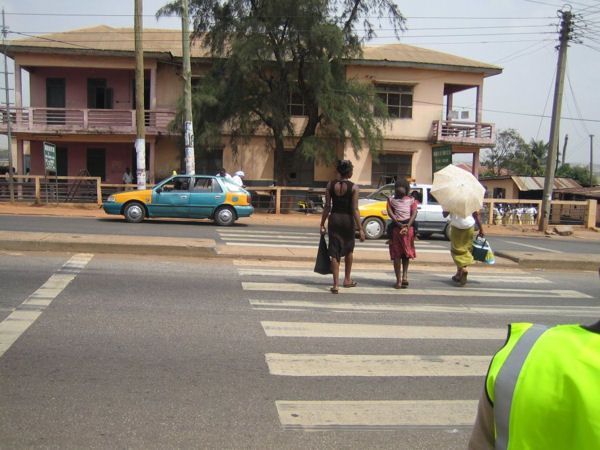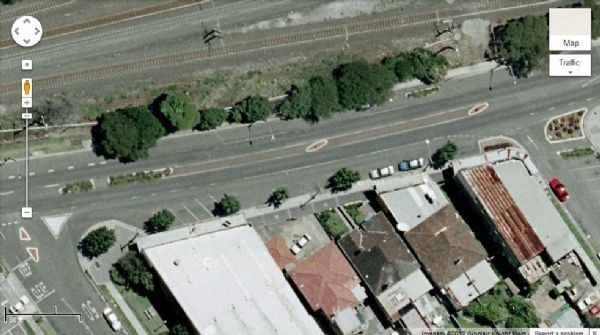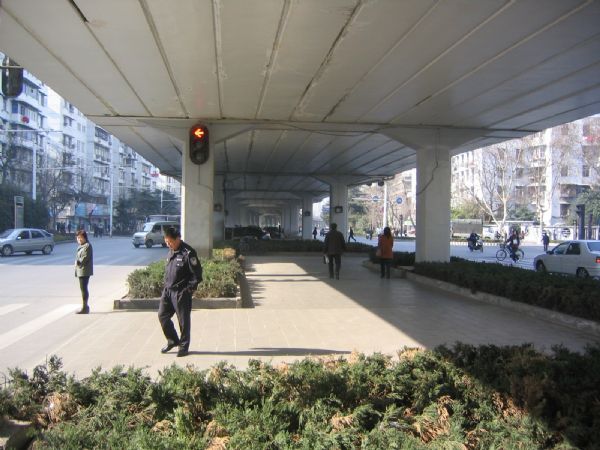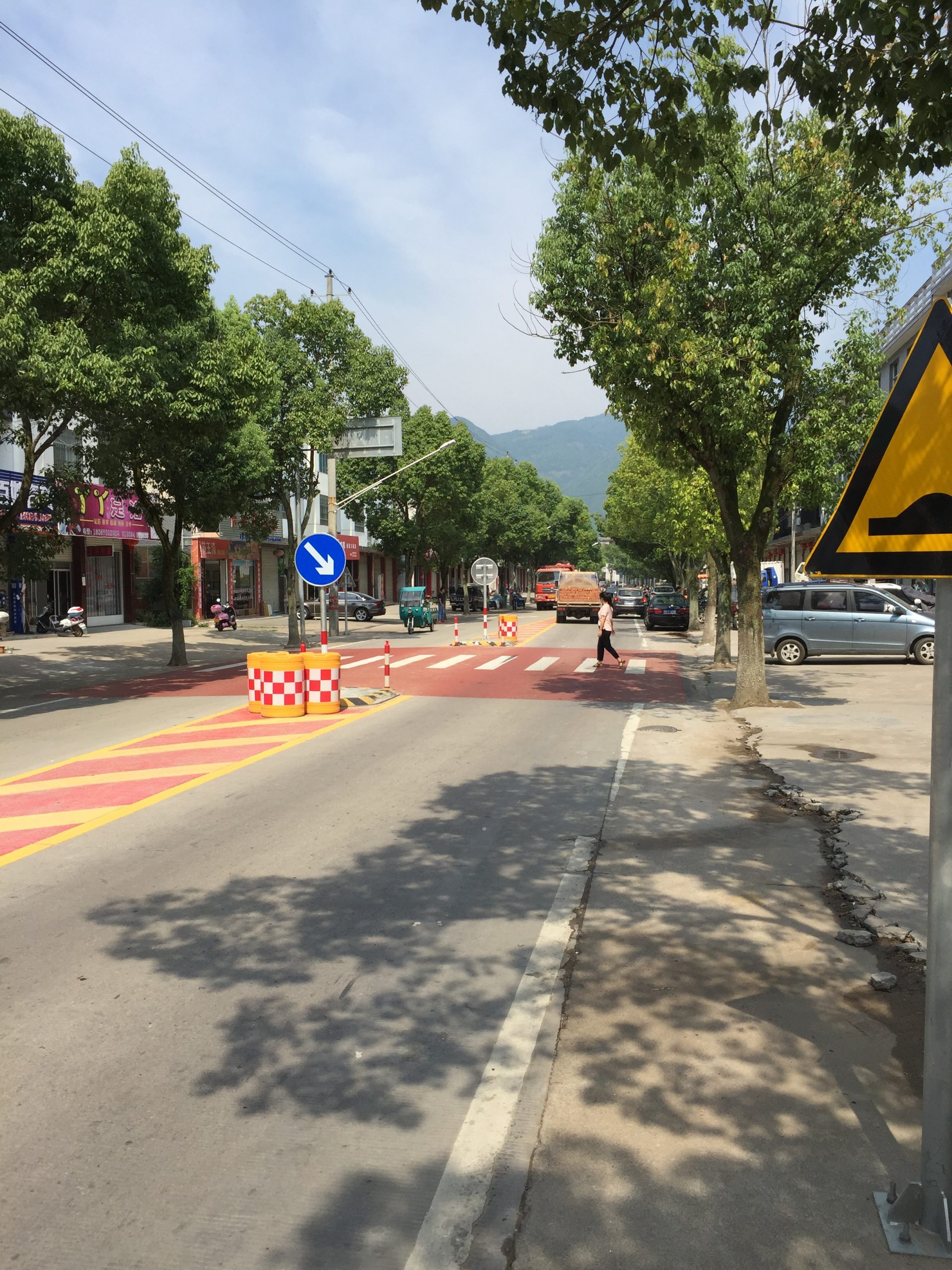





Pedestrian Refuge Island
Reduced pedestrian crashes. Separating traffic moving in opposite directions to reduce head-on and overtaking crashes. May slow vehicular traffic by narrowing the lanes. Ensures pedestrians need only cross one lane of traffic at a time.
Pedestrian refuge islands must be clearly visible to traffic during both day and night. Refuge islands should be placed where there is a demand from pedestrians to cross. Where cyclists are present, refuge islands should be widened to at least 2.4m, and preferably 3 to 3.5m. To avoid pedestrians looking into the wrong traffic direction, central refuge islands should only be provided to separate opposing traffic. Turning movements from driveways and intersections must be considered in planning the location of pedestrian refuges. Consideration should be given to improving accessibility for the mobility impaired. This may include design features such as paved footpaths with sufficient width to accommodate wheelchairs, dropped kerbs at pedestrian crossing points and tactile paving.
Treatment Summary
25-40% |
Case Studies
Related Images

Marked pedestrian crossing facility with refuge island. Image credit: iStock 
A pedestrian crossing facility with refuge island in Ghana. Image credit: John Fletcher 
Pedestrian refuge island (overrunable) in Kathmandu. Image credit: Allan Jones 
Pedestrian refuges, bicycle lanes, delineation and one-way road treatment. Image credit: Google Maps 
Physical channelisation (and planting) under the flyover to provide a safe refuge for pedestrians to cross the road in two stages. Image credit: Gladys Frame 
Raised pedestrian crossing in China. Image credit: Greg Smith










